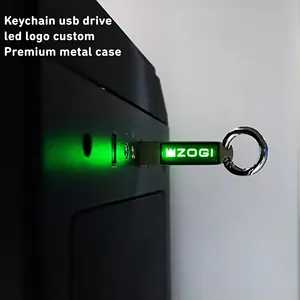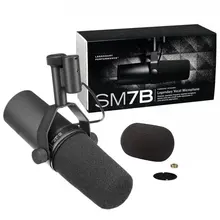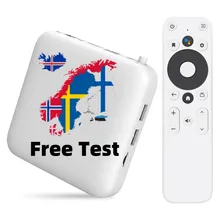Introduction to USB Flash Drives
USB flash drives, colloquially known as cheap usb sticks, are a staple in the realm of data storage and transfer. Despite the rise of cloud services, these compact devices remain integral for moving files between various digital platforms. Their universal compatibility with USB ports ensures they retain a significant role in the storage market.
Evolution and Capacity
From their inception, USB sticks have undergone a remarkable transformation. Initially offering mere gigabytes of storage, current models boast capacities that can reach up to a terabyte, encapsulating vast digital spaces in a pocket-sized form. This evolution reflects the growing data needs of users and the technological advancements in storage solutions.
Design and Portability
The design of USB flash drives prioritizes portability and ease of use. Their small form factor allows users to easily carry them, making the transfer of documents, multimedia, and software highly convenient. This portability is coupled with a variety of designs, from the classic stick to novelty shapes, catering to diverse user preferences.
Transfer Speeds and Compatibility
Modern USB storage devices are not just about capacity but also about efficiency. Enhanced hardware buses in newer models facilitate faster data transfer rates, ensuring that even large files can be moved swiftly. Compatibility remains a strong suit, with most devices supporting a wide range of operating systems and electronic gadgets.
Applications and Utility
The utility of USB memory sticks extends beyond mere file storage. They are often used to create bootable media for operating systems or to carry specialized software for troubleshooting and system recovery. Their versatility makes them an invaluable tool for IT professionals, students, and casual users alike.
Choosing the Right USB Flash Drive
Selecting the appropriate USB thumb drive involves considering storage needs, transfer speed requirements, and durability preferences. While some users may prioritize capacity, others might seek out drives with robust casings or integrated security features. The diversity in the market ensures a fit for every specific need.













































 浙公网安备 33010002000092号
浙公网安备 33010002000092号 浙B2-20120091-4
浙B2-20120091-4